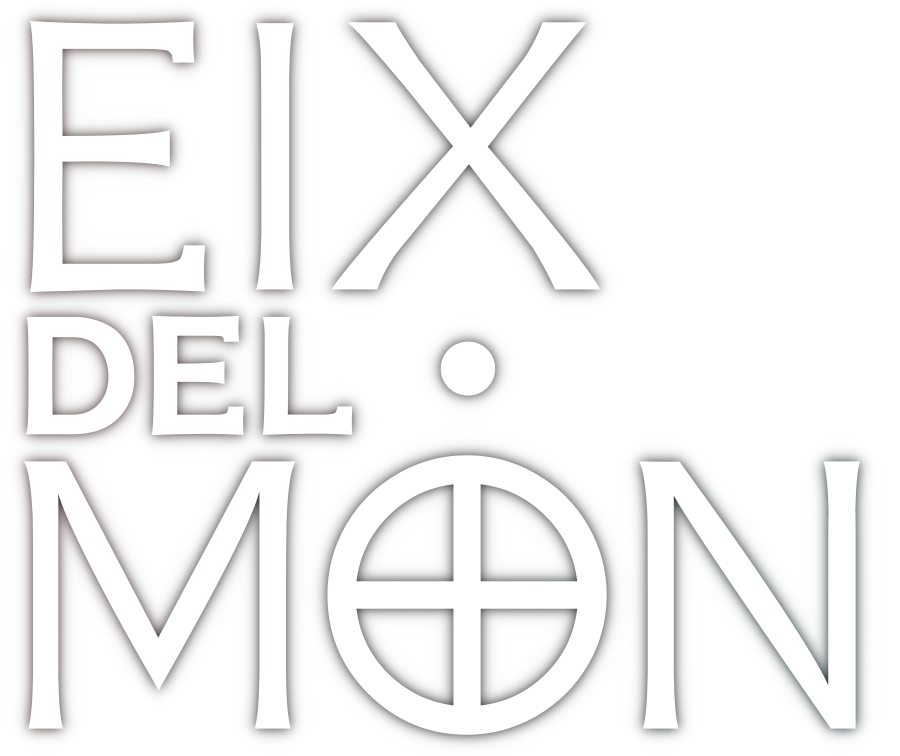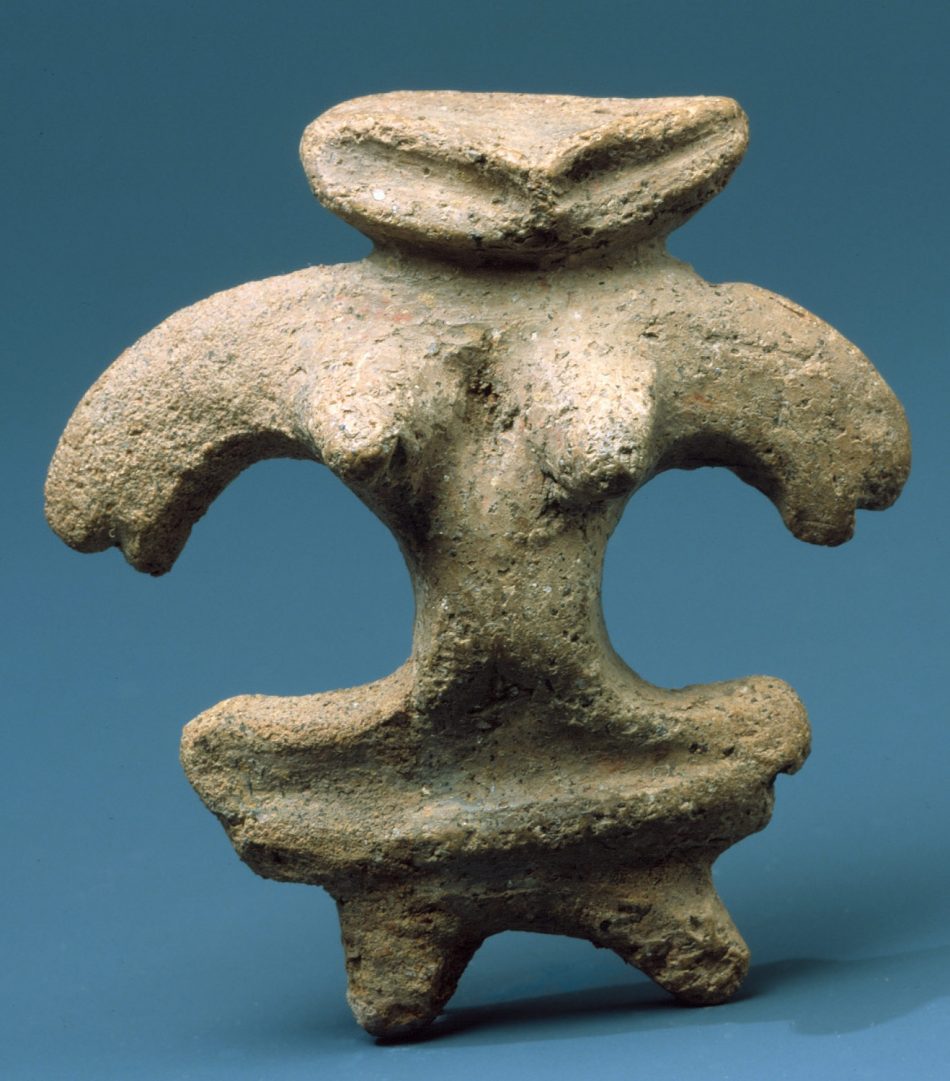Dogū (Clay Figurine). Period: Final Jōmon period (ca. 1000–300 B.C.)
Culture: Japan
Medium: Earthenware
Dimensions: H. 2 1/4 in. (5.7 cm); W. 1 7/8 in. (4.8 cm)
Classification: Ceramics
Credit Line: Gift of Mr. and Mrs. Jerome Koizim, 1978
Accession Number: 1978.346a–c
OASC by The Metropolitan Museum of Art.
Original description says:
Clay figurines (dogu) modeled in human and animal forms were made throughout the Jomon period, particularly during the latter half, and establish the beginnings of Japan’s sculptural tradition. The largest percentage of these figures, including this statuette from northern Honshu, consist of highly stylized images of females with enlarged breasts, stomachs, and hips, presumed to have been fertility symbols. Because these figurines were usually broken intentionally, it is supposed that they were used as part of rituals meant to cure physical ailments. It seems that once the affliction was ceremonially transferred to the figure, the clay image was discarded. This speculation explains the evidence that most (dogu) are found scattered about or in refuse heaps, rather than in graves.





